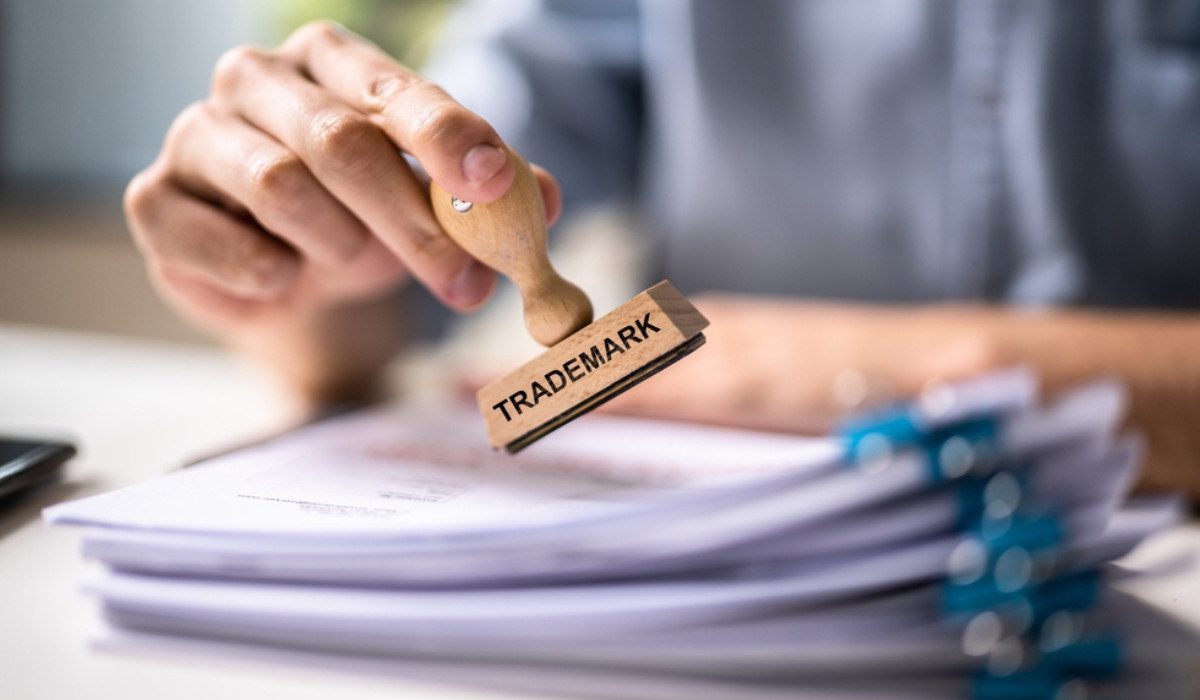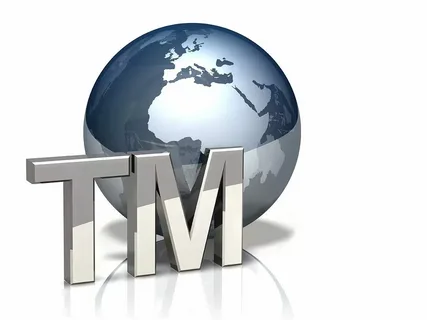
Introduction
Registering a trademark is an essential step in protecting your brand, but securing a trademark business name is just the beginning. Once you own a trademark, you must actively enforce your rights to prevent competitors from using your brand name, logo, or other protected elements.
Without proper enforcement, unauthorized businesses may attempt to profit from your brand’s reputation, leading to market confusion, loss of revenue, and potential legal disputes. In this guide, we’ll explore how to enforce your trademark rights, stop competitors from infringing on your brand, and maintain your legal protection.
1. Understanding Trademark Rights
A trademark brand name grants you exclusive rights to use your registered name, logo, or slogan in connection with specific goods or services. These rights allow you to:
- Prevent competitors from using a similar name or logo.
- Take legal action against unauthorized use.
- Stop counterfeiters from imitating your brand.
- Build trust and brand recognition among consumers.
However, having a trademark your business name registration does not automatically stop others from infringing on your brand—you must actively monitor and enforce your rights.
2. Identifying Trademark Infringement
Trademark infringement occurs when another business uses a name, logo, or slogan that is similar enough to yours to confuse consumers. Common types of infringement include:
- Direct Imitation – A competitor copies your exact name or logo.
- Slightly Altered Names – A competitor changes a few letters but keeps a similar look or sound (e.g., “Starbux” vs. “Starbucks”).
- Logo & Design Copying – A brand mimics your color scheme, fonts, or design elements to appear associated with your business.
- Keyword Hijacking – Competitors use your trademark business name in online ads to mislead customers.
To determine if infringement has occurred, courts consider similarity, industry overlap, and likelihood of consumer confusion.
3. Steps to Enforce Your Trademark Rights
Step 1: Trademark Monitoring
Proactively monitor the marketplace to detect unauthorized use. Tools such as Google Alerts, social media tracking, and trademark monitoring services can help you stay informed.
Step 2: Contact the Infringing Party
If you discover an infringement, your first step should be to reach out to the violator. Sometimes, businesses are unaware that they are infringing on a registered trademark brand name. A polite but firm warning may be enough to resolve the issue.
Step 3: Send a Cease and Desist Letter
If informal communication doesn’t work, you may need to send a cease and desist letter. This formal notice demands that the infringing party stop using your brand name or logo. The letter typically includes:

- Proof of your trademark registration
- Evidence of the infringement
- A demand to stop using the mark within a specific timeframe
- Legal consequences if they fail to comply
Step 4: File a Legal Complaint
If the infringer refuses to stop, you may need to take legal action. Options include:
- Filing a lawsuit for trademark infringement.
- Requesting an injunction to stop the competitor from using your mark.
- Seeking financial damages if the infringement has harmed your business.
Step 5: Report Online Infringement
For digital violations, you can:
- Report fake listings to Amazon Brand Registry.
- Submit copyright and trademark complaints to Google and social media platforms.
- Request takedowns from online marketplaces selling counterfeit products.
4. Defending Your Trademark Proactively
Renew Your Trademark Regularly
A trademark must be renewed periodically to maintain legal protection. Failing to trademark renewal on time may cause you to lose rights to your brand name.
Register Your Trademark Internationally
If you operate in multiple countries, consider international trademark registration to prevent foreign companies from copying your brand.
Trademark Monitoring and Legal Assistance
To enforce your trademark effectively, use professional trademark monitoring services and consult a trademark attorney when needed.
Conclusion
Protecting your trademark business name requires proactive monitoring and enforcement. If competitors attempt to use your brand identity, you must take immediate action to stop them.
By monitoring your trademark, sending cease and desist letters, and pursuing legal action when necessary, you can maintain exclusive rights to your brand and prevent competitors from benefiting from your reputation.
If you suspect trademark infringement, take action today to safeguard your brand’s future.